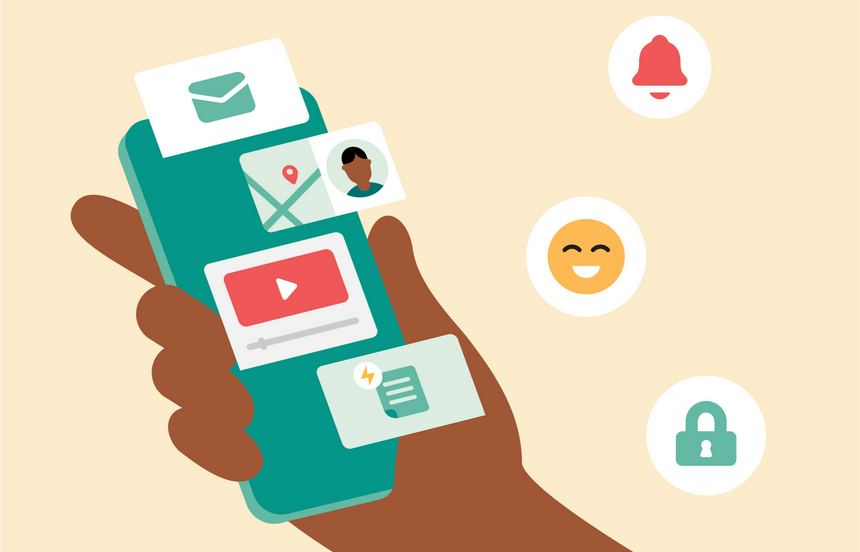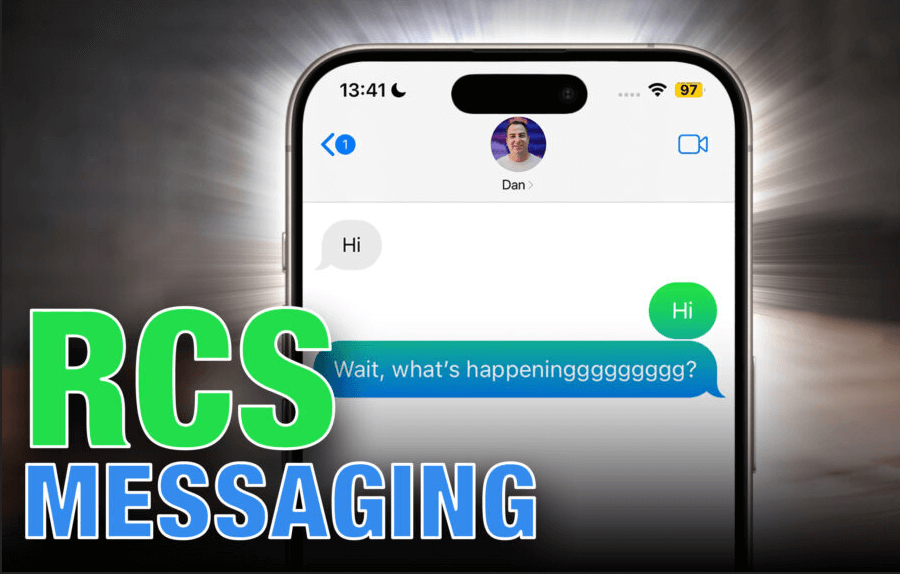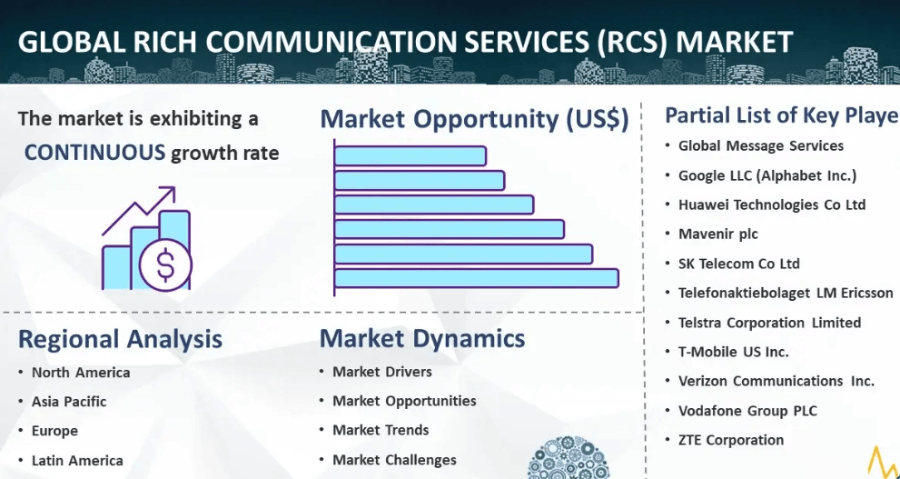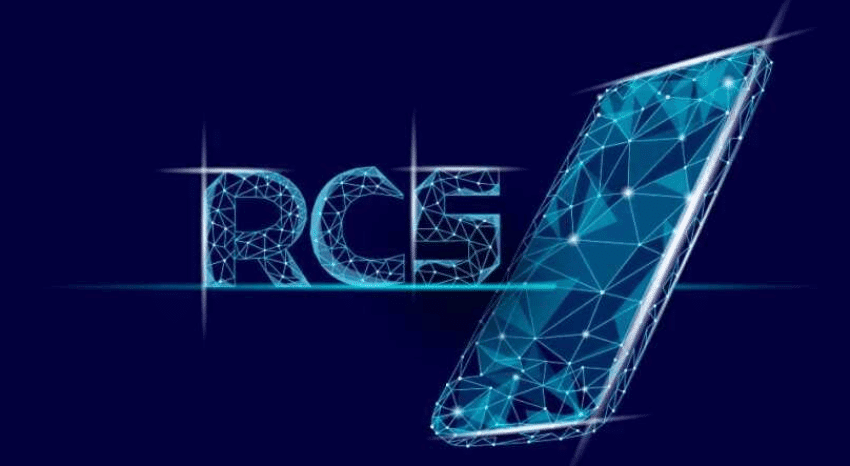📑 Table of Contents
SMS marketing has long been a powerful tool for businesses to connect with customers. SMS remains an essential communication channel with open rates as high as 98%. However, as customers’ expectations evolve, simple text messages may no longer be enough to engage today’s digital-first consumers. Enter RCS (Rich Communication Services) messaging.
RCS messaging transforms traditional SMS by introducing rich media and interactive features that allow brands to create immersive and engaging customer experiences. From sending high-quality images and videos to enabling two-way communication, RCS adds a new level of interactivity to messaging.
Let’s explore how RCS messaging is redefining SMS marketing, what makes it different, and how brands can leverage its capabilities to create more impactful campaigns.
What is RCS Messaging?
RCS, or Rich Communication Services, is the next generation of SMS. It builds upon the existing SMS infrastructure but introduces features typically found in messaging apps like WhatsApp and Facebook Messenger. RCS allows businesses to send messages beyond plain text, incorporating multimedia content such as images, GIFs, videos, and interactive buttons.
One of the most significant differences between SMS and RCS is interactivity. With RCS, customers can engage directly with a brand without leaving the messaging app. For example, users can click on buttons, interact with carousels, make purchases, and even book appointments—all from within the message. These features offer brands more creative freedom and significantly enhance customer engagement.
Key Features of RCS Messaging

RCS messaging comes with a handful of mind-blowing features. Some of them are as follows:
1. Rich Media Support
Traditional SMS is limited to 160 characters and text-based content. RCS breaks these limitations by allowing businesses to incorporate high-quality images, videos, and audio into their messages. This helps create a more dynamic and visually appealing experience for the recipient.
For example, instead of sending a plain text message about a new product launch, a retailer can use RCS to send a message with a product video, detailed images, and a carousel showcasing different product options. This rich media approach grabs users’ attention and encourages them to interact with the content.
2. Interactive Buttons and Actions
One of the most transformative aspects of RCS messaging is its interactivity. With RCS, businesses can include buttons that allow customers to take specific actions, such as “Buy Now,” “Schedule a Call,” or “Learn More.” These buttons make the customer journey smoother, as users can complete actions without leaving the messaging app.
For instance, a travel company might send an RCS message featuring a promotion for a holiday package. The message can include buttons for viewing destination details, booking flights, or chatting with a travel advisor—all without requiring the user to open a separate app or website.
3. Two-Way Communication
RCS enables real-time, two-way communication, which can significantly enhance customer engagement. Unlike traditional SMS, where messages often feel one-sided, RCS encourages a conversational experience. Customers can ask questions, receive instant responses, and even make reservations or purchases directly within the conversation.
For example, a restaurant could use RCS to allow customers to make reservations by simply interacting with the message. The system can automatically confirm the booking and send a reminder closer to the reservation date. This two-way interaction improves customer satisfaction and streamlines the customer service process.
4. Branding and Verification
RCS messages allow for better brand recognition, as businesses can directly include their logos, colors, and branding elements in the message. Moreover, RCS messaging comes with built-in verification, meaning customers can trust that the message they receive is from a legitimate source, reducing the risk of phishing attacks.
For example, a verified bank can send a branded RCS message about a new service. The customer will know it’s authentic because of the visible logo and verification checkmark. This feature enhances trust and credibility, essential for sensitive industries like finance and healthcare.
5. Analytics and Tracking
Another powerful feature of RCS messaging is tracking message performance through advanced analytics. Marketers can monitor open rates, click-through rates, and user interactions with buttons or multimedia content. This data helps brands optimize their campaigns in real-time and better understand customer preferences.
For example, if a fashion retailer sends an RCS message showcasing several outfits in a carousel, they can track which products generate the most interest. Based on these insights, the retailer can tweak future campaigns to highlight popular items, increasing the likelihood of conversions.
How RCS Messaging is Redefining SMS Marketing

RCS is taking SMS marketing to a new level by offering richer, more interactive experiences that align with customer expectations. Here are five ways RCS is reshaping the future of SMS marketing:
1. Enabling Richer Storytelling
With the ability to include multimedia content, RCS opens the door for more engaging brand storytelling. Instead of being confined to plain text, brands can use images, GIFs, and videos to tell a more compelling story. This creates an immersive customer experience, making communicating brand values and product benefits easier.
For example, a fitness brand can send an RCS message with a short workout video followed by a carousel of fitness gear. Customers learn about new products and get a hands-on preview of how to use them, making the content more engaging and actionable.
2. Creating Seamless Customer Journeys
RCS allows customers to complete entire transactions within the messaging app, removing the friction that often occurs when users are redirected to external sites. Whether making a purchase, booking an appointment, or chatting with customer support, RCS simplifies the process.
A beauty brand, for instance, can send a promotional message with a “Shop Now” button. Once clicked, the customer can view product details, add items to the cart, and complete the purchase—all within the messaging interface. This seamless journey improves user experience and drives higher conversion rates.
3. Increasing Engagement with Interactive Features
Interactivity is at the heart of RCS messaging. Brands can make their messages more engaging by using buttons, carousels, and reply options. This direct interaction encourages users to explore more about the brand, increasing engagement rates.
For instance, a car dealership can send an RCS message allowing customers to schedule test drives, view car models in a carousel, or request more information. By engaging with these interactive elements, users are more likely to stay engaged with the brand, improving customer retention.
4. Improving Customer Support and Service
RCS messaging supports conversational commerce, which can streamline customer support interactions. Instead of waiting on hold or switching between channels, customers can engage in real-time conversations with brands, ask questions, and resolve issues quickly.
Imagine a telecom provider sending an RCS message about a new plan. If the customer has questions, they can immediately engage with the message and get answers in real-time. This reduces the need for phone calls or emails and improves the customer experience.
5. Boosting Conversions with In-Message Transactions
One of the most impactful aspects of RCS messaging is the ability to complete transactions directly within the message. Customers no longer need to click on links that take them to external websites. With in-message payment options, they can complete purchases seamlessly, reducing the steps to conversion.
For example, an e-commerce brand could send an RCS message promoting a flash sale, with an option to “Buy Now” directly within the message. Customers can browse, select, and pay for the item without leaving the conversation, leading to higher conversion rates.
The Future of SMS Marketing with RCS
As RCS messaging continues to gain traction, it’s clear that the future of SMS marketing lies in rich media, interactivity, and seamless customer journeys. Brands that adopt RCS will be able to offer more engaging and personalized experiences, helping them stand out in a crowded marketplace.
However, while RCS offers numerous benefits, businesses must consider its limitations. Not all mobile carriers fully support RCS yet, and it may take time for the technology to become universal. Nevertheless, as more carriers adopt RCS and smartphone usage increases, its potential to transform SMS marketing is undeniable.

Final Verdict
RCS messaging is revolutionizing the way businesses approach SMS marketing. By combining rich media, interactive elements, and seamless transactions, RCS takes customer engagement to a new level. Whether you’re looking to create more dynamic campaigns, improve customer service, or drive conversions, RCS offers the tools to make it happen.
As more businesses embrace RCS, those that integrate it into their marketing strategies will gain a competitive edge. They will offer customers a richer, more interactive experience beyond traditional SMS. Explore RCS messaging today and see how it can redefine your SMS marketing efforts for greater impact.
